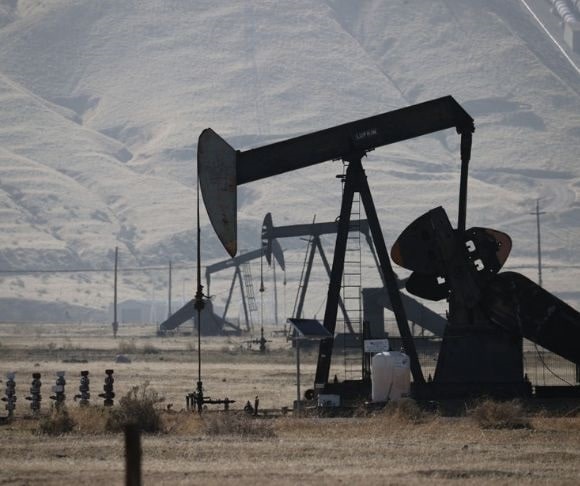The U.S. drone airstrike that resulted in the death of Iran’s Major General Qassem Soleimani has rattled global financial markets. The leading stock indexes posted steep losses, while investors sought refuge in safe-haven assets. What about crude oil? The energy commodity rallied and is already enjoying commendable gains in the first trading week of 2020. Is this sustainable or will it be short-lived?
Iran To Commodities
To finish the final trading session of the week, crude oil prices recorded significant gains. February West Texas Intermediate (WTI) crude futures settled $1.87, or 3.1%, higher to $63.05 per barrel on the New York Mercantile Exchange. March Brent crude futures, the international benchmark for the oil market, picked up $2.35, or 3.6%, to $68.60 a barrel on London’s ICE Futures exchange.
 For U.S. crude, this was the best settlement since the end of May. For Brent, this was the greatest performance in four months when Saudi Arabia’s oil infrastructure was attacked and damage to its facilities affected production.
For U.S. crude, this was the best settlement since the end of May. For Brent, this was the greatest performance in four months when Saudi Arabia’s oil infrastructure was attacked and damage to its facilities affected production.
In the equities market, some of the top performers were Whiting Petroleum (8.58%), Chesapeake Energy (6.63%), Continental Resources (3.48%), Hess Corp. (3.13%), and Callon Petroleum (2.77%). And the SPDR S&P Oil & Gas Exploration & Production exchange-traded fund tacked on as much as 1.6%.
Because the Iranian government has promised to retaliate, it is likely that crude prices will continue to rally. The consensus is that Tehran’s response will impact global energy supplies. So, if you are a company that produces oil and its byproducts, then you will witness a jolt to your stock.
The biggest story surrounding oil markets, however, is that gains are not as high as they have been in the past. Helima Croft, head of global commodity strategy at RBC Capital Markets, told CNBC that prices would have skyrocketed to $80 if something like this happened five years ago. Even in September, crude futures soared 15% following the drone attack on Saudi operations.
Don’t Be Crude
Will oil markets post 3% gains every day until President Donald Trump and President Hassan Rouhani shake hands and declare a truce? Both situations are unlikely to happen.
For now, traders can anticipate a security premium being penciled into prices. However, without additional incidents, these significant gains will most likely be short-lived. While the mainstream media might be sounding the alarm about the Third World War, investors are not as anxious about a U.S.-Iran conflict. In fact, they are being a bit more conservative after their bets on Saudi output in September failed to pay off.

(Photo by Tayfun Coskun/Anadolu Agency via Getty Images)
The other issue is a supply-side one. The U.S. continues to produce around 12 million barrels per day (bpd), which has diminished the power that producers of yesterday possessed for a long time. Just a decade ago, a geopolitical crisis in the Middle East would have shot prices up by double digits. Today, however, Saudi America is on the same level as Russia and Saudi Arabia. Therefore, traders are more inclined to focus on output and inventories than geopolitical fallout under the current breakdown of the crude industry.
Plus, the Organization for Petroleum-Exporting Countries (OPEC) recently completed its meeting and reaffirmed slashing output levels by another 500,000 bpd. This will support prices but also limit the region’s market share, allowing the U.S. to continue its ascent to energy king.
Some observers think that the latest U.S. Energy Information Administration (EIA) data suggest the shale revolution is subsiding due to the weekly drawdown coming in bigger than expected. But the declines had more to do in the drop in net crude imports. So, we may need to wait until next week’s EIA reports to better gauge the state of domestic output.
In the near-term, you can expect prices to hover in the $65-$70 range.
An Iraqi Road
Liberty Nation Managing Editor Mark Angelides aptly wrote, “Americans on both sides of the political divide are rightly concerned that the killing of General Soleimani could lead to a major escalation in conflict and perhaps even a new war in the Middle East that will cost lives and resources.” It is true that Tehran’s influence in global crude markets has diminished in recent years, but if there were an immense disruption then it could lead to an increase in energy prices and that is not good for anybody – Americans and Iranians. War? Bullish. Peace? Bearish.
~
Read more from Andrew Moran.




